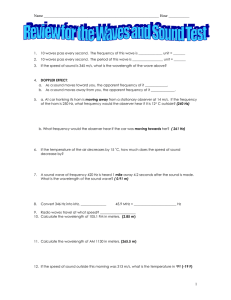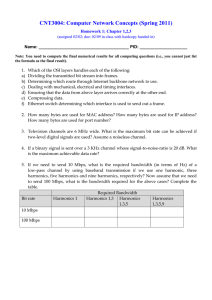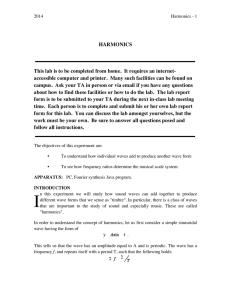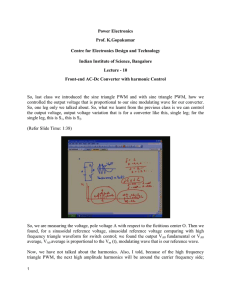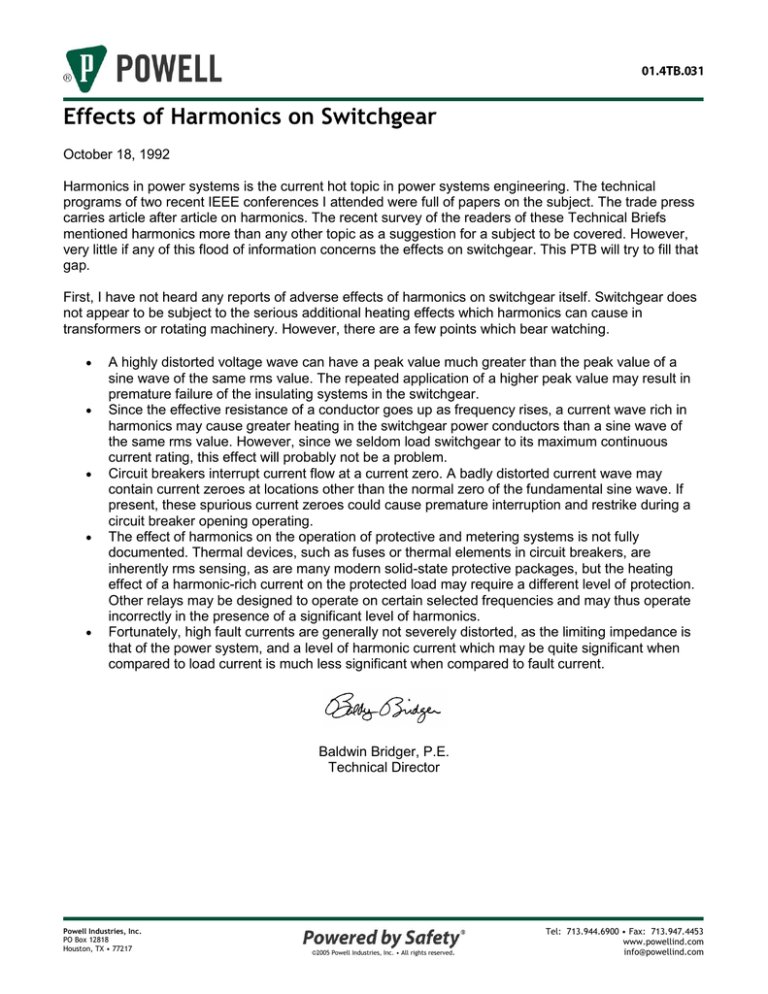
Effects of Harmonics on Switchgear
October 18, 1992
Harmonics in power systems is the current hot topic in power systems engineering. The technical
programs of two recent IEEE conferences I attended were full of papers on the subject. The trade press
carries article after article on harmonics. The recent survey of the readers of these Technical Briefs
mentioned harmonics more than any other topic as a suggestion for a subject to be covered. However,
very little if any of this flood of information concerns the effects on switchgear. This PTB will try to fill that
gap.
First, I have not heard any reports of adverse effects of harmonics on switchgear itself. Switchgear does
not appear to be subject to the serious additional heating effects which harmonics can cause in
transformers or rotating machinery. However, there are a few points which bear watching.
A highly distorted voltage wave can have a peak value much greater than the peak value of a
sine wave of the same rms value. The repeated application of a higher peak value may result in
premature failure of the insulating systems in the switchgear.
Since the effective resistance of a conductor goes up as frequency rises, a current wave rich in
harmonics may cause greater heating in the switchgear power conductors than a sine wave of
the same rms value. However, since we seldom load switchgear to its maximum continuous
current rating, this effect will probably not be a problem.
Circuit breakers interrupt current flow at a current zero. A badly distorted current wave may
contain current zeroes at locations other than the normal zero of the fundamental sine wave. If
present, these spurious current zeroes could cause premature interruption and restrike during a
circuit breaker opening operating.
The effect of harmonics on the operation of protective and metering systems is not fully
documented. Thermal devices, such as fuses or thermal elements in circuit breakers, are
inherently rms sensing, as are many modern solid-state protective packages, but the heating
effect of a harmonic-rich current on the protected load may require a different level of protection.
Other relays may be designed to operate on certain selected frequencies and may thus operate
incorrectly in the presence of a significant level of harmonics.
Fortunately, high fault currents are generally not severely distorted, as the limiting impedance is
that of the power system, and a level of harmonic current which may be quite significant when
compared to load current is much less significant when compared to fault current.
Baldwin Bridger, P.E.
Technical Director
Powell Industries, Inc.
PO Box 12818
Houston, TX • 77217
©2005 Powell Industries, Inc. • All rights reserved.
Tel: 713.944.6900 • Fax: 713.947.4453
www.powellind.com
info@powellind.com



